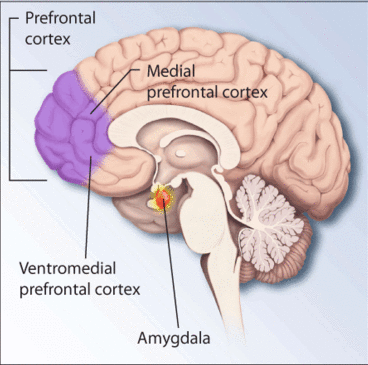
Some clinicians are concerned that post-traumatic stress disorder (PTSD) diagnosis has risen throughout Western society since the late 1980s. Is this correct? And if so, has the true incidence of PTSD really spiralled out of control, or has it simply become overdiagnosed?
Experts debate the issue in The BMJ this week.
PTSD is a serious and uncommon condition resulting from severe trauma, but it has unhelpfully become an umbrella term incorporating other disorders and normal reactions to stress, argue John Tully at the University of Nottingham and Dinesh Bhugra at King’s College London’s Institute for Psychiatry, Psychology & Neuroscience (IoPPN).
Estimates of lifetime population prevalence are now about 7% in the US (26 million cases) and 5% in other high income countries. In the UK, estimates include presence of PTSD in 1 in 13 youths and in mothers after 4% of all births.
They acknowledge that PTSD may be underdiagnosed in military settings and in the developing world, with limited psychiatric resources. But elsewhere, they argue that PTSD is often conflated with normal responses to difficult situations, which has led to increased pressure on services to make this diagnosis.
“The conflation of stress with trauma—and of trauma with PTSD—has become rife. This is the most convincing explanation for overdiagnosis,” they write.
Other factors, such as the role of “compensation culture” and vested interests of the “trauma industry” might also be involved, they say. Alternatively, it may be that psychiatry and society have become more understanding of trauma, and hence more flexible about boundaries for diagnosis and treatment.
However, they believe this approach is problematic at a public health level, “where resources are finite, and a line must be drawn somewhere as to what level of symptoms meets criteria.”
Misdiagnosis with PTSD also risks other more common conditions, such as depression, anxiety disorder, and personality disorders, not being appropriately treated, while trivialising PTSD risks the medicalisation of everyday life, devaluing resilience and protective social factors, they warn.
“On this basis, we must reclaim the diagnosis of PTSD for what it is—a profound and severe response to catastrophic events—and not a spectrum of reactions to trauma or everyday life,” they conclude.
But Stephanie Lewis, Sarah Markham and Gerard Drennan at King’s IoPPN and the South London and Maudsley NHS Foundation Trust, say convincing evidence indicates that PTSD is much more commonly underdiagnosed, which has concerning implications.
They describe clearly specified criteria for PTSD, and say anecdotes that these criteria are applied too loosely to increasingly large numbers of people are simply not supported by valid research.
Instead, they point to evidence indicating that less than half of adults and two fifths of young people who meet criteria for PTSD have sought help from any health professional.
“These findings fit with our professional experience that people with PTSD often find it difficult to seek help—for example, because of avoidance symptoms, concerns about stigma, or fear that there may be no effective treatment,” they write.
What’s more, only a small proportion of people with PTSD who access health services receive a diagnosis, they add.
This underdiagnosis is a cause for concern because adults who meet criteria for PTSD are over six times more likely to attempt suicide, and young people with PTSD are 10 times more likely to do so, than their peers without PTSD, they warn. Yet there is good evidence that treatment is effective.
Consequently, there is a strong ethical and economic case to reduce underdiagnosis of PTSD, they argue. Barriers to accessing healthcare and recognising PTSD need to be identified and overcome, and this must be matched by increased availability of treatment.
Source: Read Full Article
